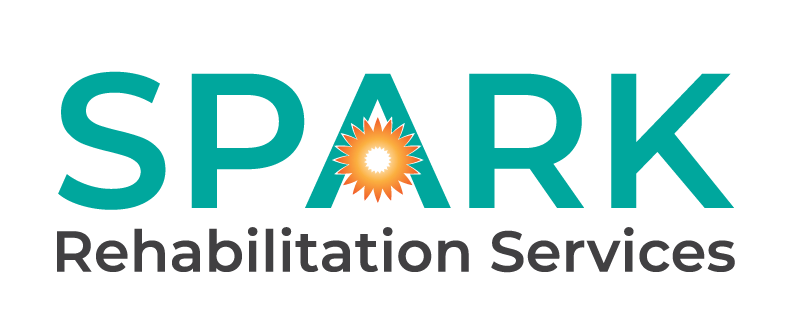Physiotherapy (PT)
Spark Rehabilitation's registered Physiotherapists are highly trained in the use of their hands to move muscles, joints and tendons.
What We Do...
Services:
Modalities
Therapeutic modalities have been a part of physiotherapy-used modalities for decades. Here are modalities our PT can provide:
Ultrasound
Ultrasound is the delivery of sound waves into the tissues which can produce a variety of effects including thermal, mechanical, chemical and biological. The dosage delivered will depend on the tissue being treated, the acuity of the injury, its depth, and the affect. Ultrasound is used to provide deep heating to soft tissues in the body including muscles, tendons, joints, and ligaments. Deep heating of these soft tissues increases circulation, assist the healing process and decrease pain.
Wax Bath
The wax bath is a form of thermotherapy, which allows a sustained heat to be applied. The wax bath is used for hands where a patient repeatedly submerges their hand within a small tub of melted paraffin wax. The wax is warm, and should not cause any discomfort. The wax will encapsulate the entire hand and solidify. When this occurs, it traps the heat in the joints of the hand which can help decrease pain, increase your mobility, and increase the blood flow to the targeted area.
Shockwave Therapy
Shockwave is an intense, but very short, energy wave traveling faster than the speed of sound. It can assist return to function while providing relief of many chronic conditions.
There are some possible side effects of Shockwave Therapy such as pain, bruising etc.
Conditions our PT Team Can Treat...
What to Expect when booking with our Physiotherapy team?
We've made our booking process as simple as possible to ensure you get the care you need quickly and efficiently.
Click the button below for a quick guide to how it works!
FAQ: How should I prepare for the first appointment?
- Arrive on time. If you are late, you are taking away from your own assessment/treatment time.
- Wear loose fitting, comfortable clothing
- If you have a low back, hip, or knee injury, bring shorts
- If you have a shoulder injury, wear a loose fitting t-shirt or tank top
- If you have a doctor’s referral (particularly after surgery), bring it
- Bring a list of questions you would like to discuss
- In addition, prepare and bring a list of any medications or supplements you're taking and any medical procedures such as surgeries that you've had in the past, even if you may think it's not related to your current condition.
Important Notice:
PT Rate Increase
To Our Valued Clients,
Our top priority has always been to provide you with
the absolute best care possible!
To continue meeting this commitment, we occasionally need to adjust our prices. As of January 1st, 2025, there will be a slight increase in some of our services.
We appreciate your understanding and thank you for trusting us to serve you. Please contact us if you have any questions.
BOOK NOW!
We Can’t wait to meet you!
Your future is bright!
Our team is waiting to hear from you to learn how we can help you
"Spark your best life!"
